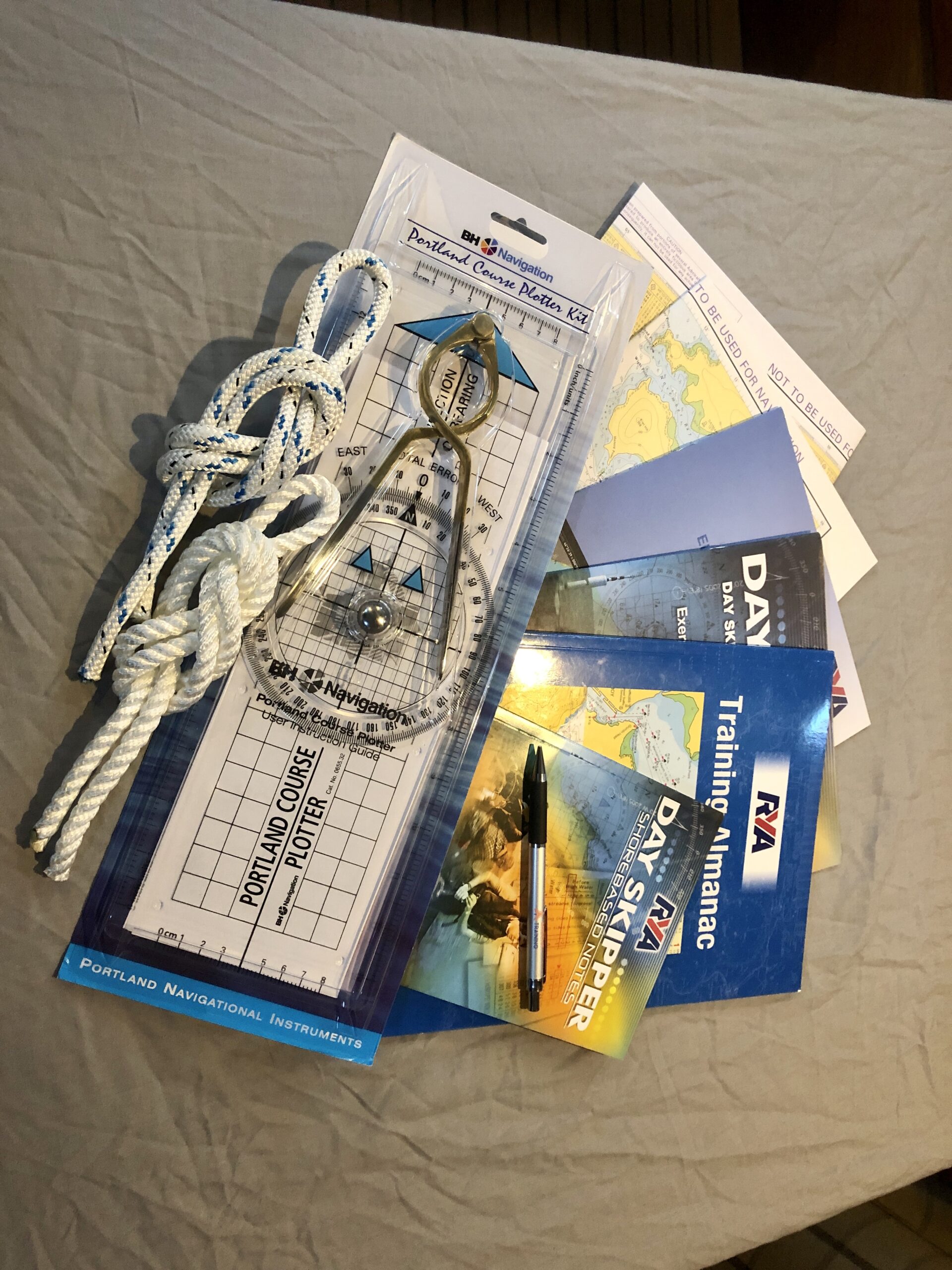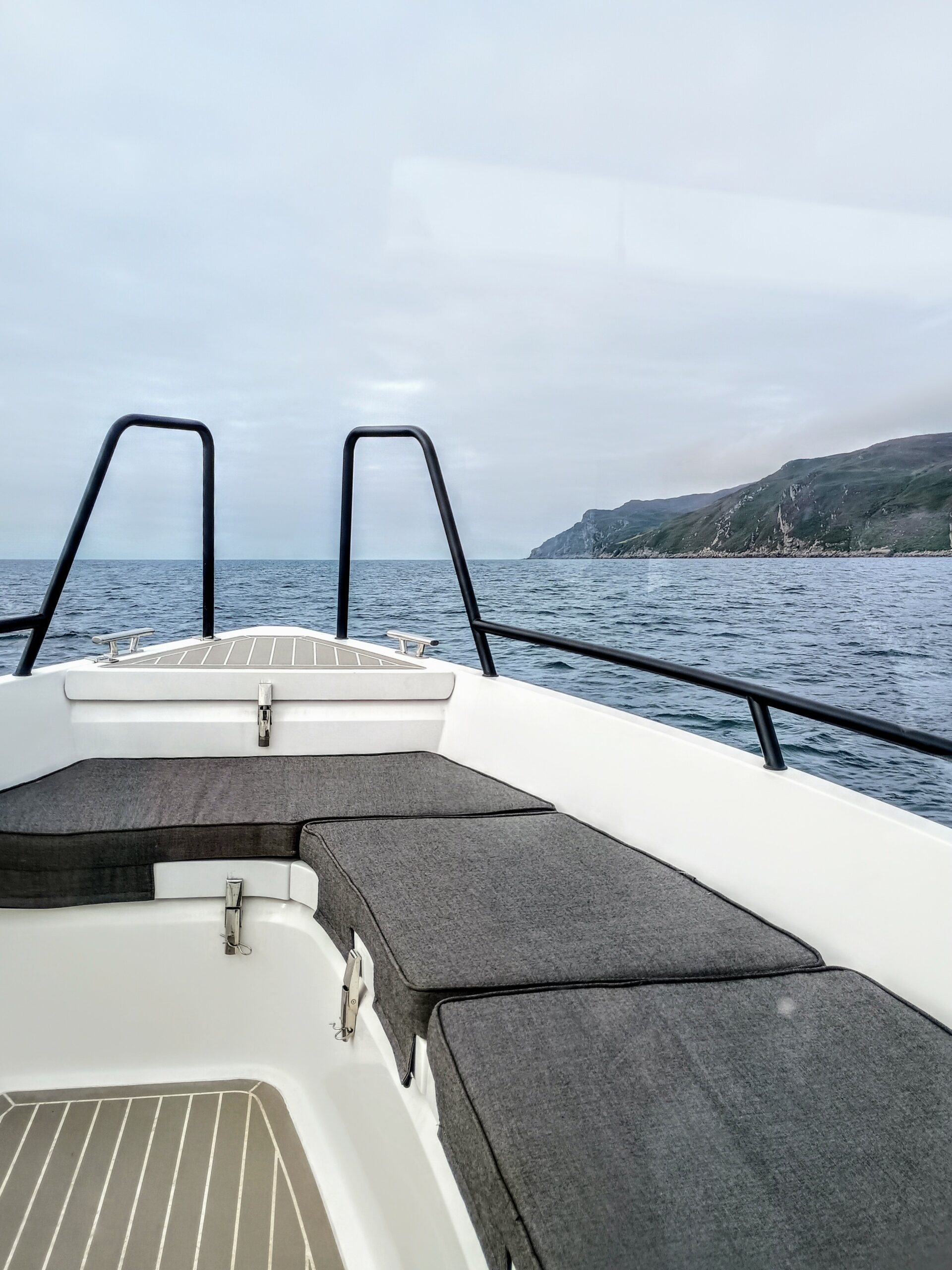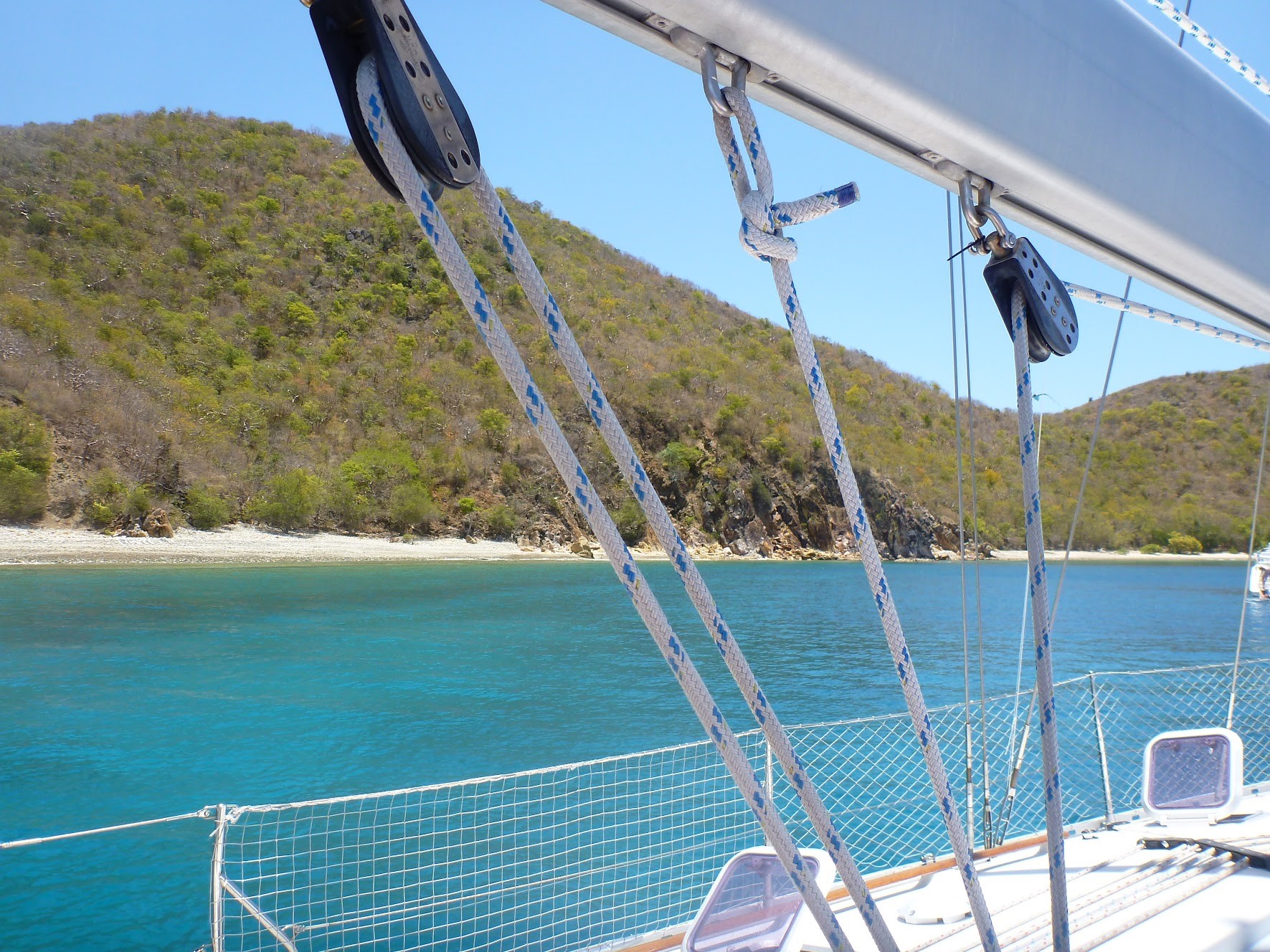
Sailing Tips for Beginners – Preparing for Your RYA Day Skipper Course or First Voyage
Including 20 Packing Essentials and 5 Top Tips for Avoiding Seasickness on your RYA Day Skipper Course!
So, it’s your first time going yachting and you want to learn to sail. Whether you are stepping foot on a motor-cruiser or sailing vessel, the basics of boat etiquette are largely the same. We’ve compiled a short guide on how to prepare for your first sailing trip!
We’ll cover packing essentials, how to avoid seasickness and set you up with expectations of what you might get up to once on board. By reading our beginners sailing tips you can make sure you avoid the most common errors and make sure your introduction to sailing is easy-breezy. Allow that idyllic sailing dream to become a reality!
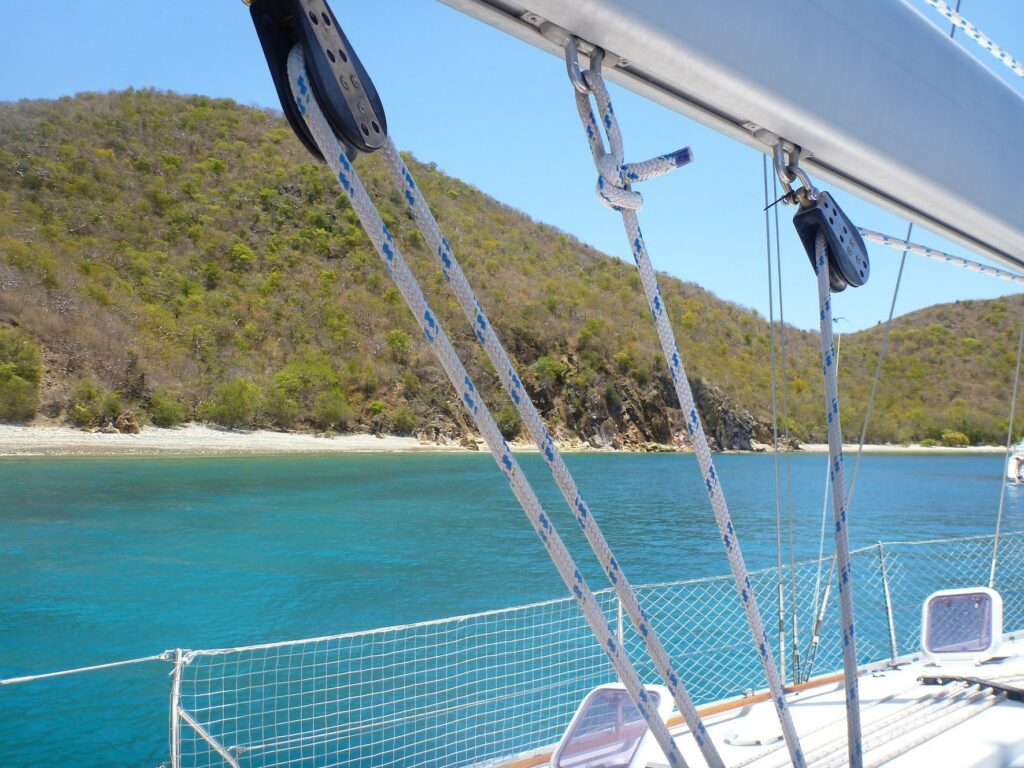
First of All, What to Pack for Your Day Skipper Course or Sailing Trip?
You’re going to need a decent-sized bag, even for a day trip. In fact, packing for a sailing trip, short or long is almost the same! Don’t be embarrassed by packing a lot, you’ll thank yourself 10 times over when you are properly prepared.
The most important thing to realise is that out at sea it will almost definitely be significantly colder and windier than it is on land. Therefore, a good layering system will be essential. Lots of layers of thin clothes is infinitely more useful than one heavy jacket. So consider the following list, and depending on the weather you might be wearing some of these on the way to the boat:
– Fleece jumper or other technical mid-layer if you own one. Fleece is a brilliant breathable and insulating fabric. It dries far more quickly than regular sweatshirt fabric too.
– Thermal bottoms under your trousers can make all the difference if it is anything but summer. The seats can be hard and cold so your buttocks will thank you for that extra insulation!
– Foulies/Oilskins/ Wet weather gear – This is special clothing that is worn at sea. If it’s your first time on a boat then you probably don’t own this! Find out if there is a spare set on board, and if not, take the most waterproof and windproof jacket and trousers you own. Ski trousers and jackets aren’t a good long term solution, but they should get you by for a first experience.
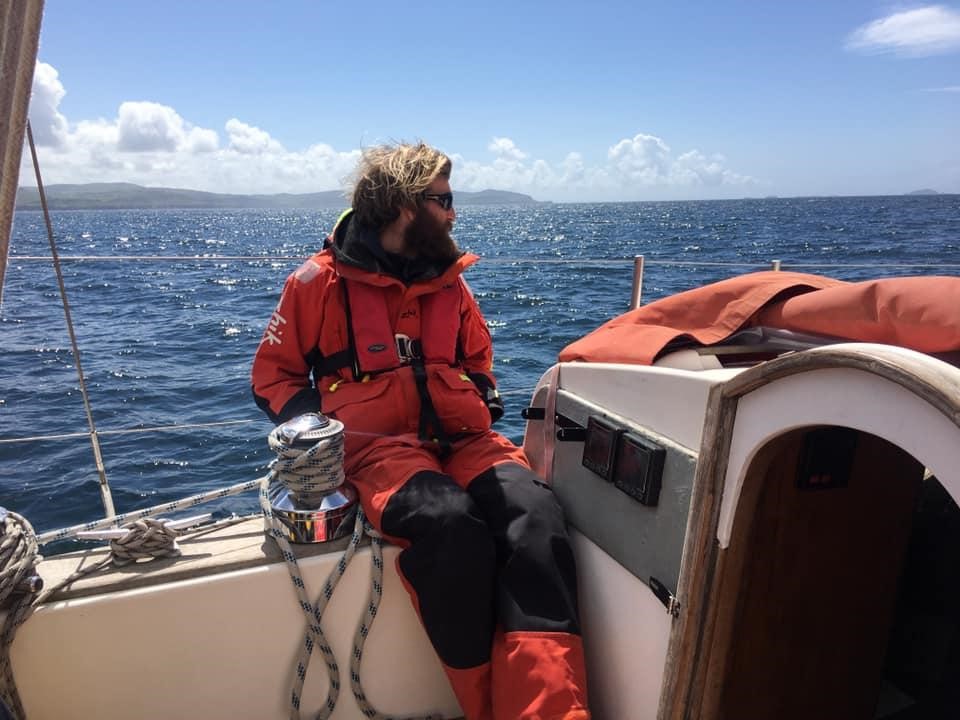
– Sunglasses. Even if it doesn’t look like it will be a sunny day! The sun’s rays reflect on the water’s surface, meaning that the glare is twice as bad as on land. You’ll be surprised at how early the sunnies come out compared with at home, and you’ll be bummed if you get a headache because you forgot them!
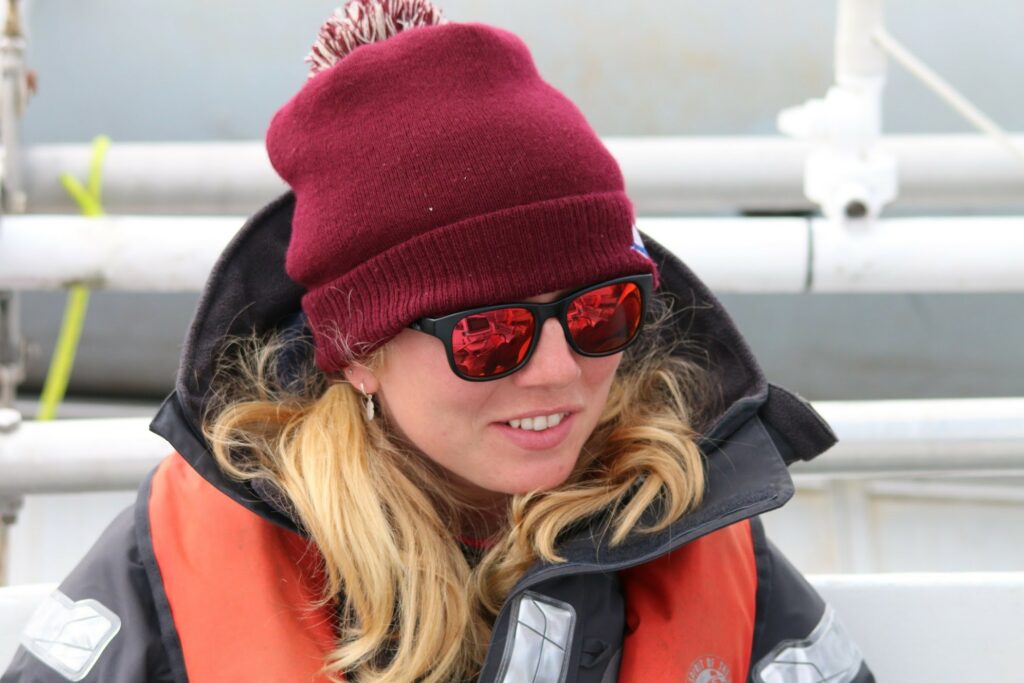
– Sunhat / Wooly hat – honestly, take both, I swear. Weather at sea is so changeable, and if you’re outside standing still for periods of time then you’ll get cold quickly and keeping the wind out of your ears makes life more pleasant. 90% of the body’s warmth leaves through the head, but I’m sure you knew that already. If it’s sunny, then a sunhat will prevent the risk of sunstroke and keep that aforementioned pesky glare at bay.
– Scarf and Gloves – If it’s anything except summer, take something for your neck (a buff or scarf), and a pair of gloves. If it’s winter, take 2 sets of hats, scarfs and gloves!
– Water Bottle and Flask. – Yes, again take both if you like hot drinks. It’s easy to get dehydrated when we’re on the water, there’s plenty going on to keep us distracted and forgetting to go inside and get a glass of water. Also, glasses don’t work well on a boat as you can’t put them down so take a bottle and keep it on deck with you.
– Snacks – Even if the boat is well provisioned I would highly recommend taking your own snacks. Good reliable comfort food that you like to eat, and take extra because it’s nice to share them around!

– Wellies– Any kind will do, they don’t have to be special yachting wellies. If you are likely to be going to land or beach by dinghy, then your feet will almost definitely get wet. Waterproof footwear will be a lifesaver. Don’t wear trainers in the dinghy. Once they get wet with saltwater they STINK, BADLY, and it means your feet will stay wet for the rest of the trip.
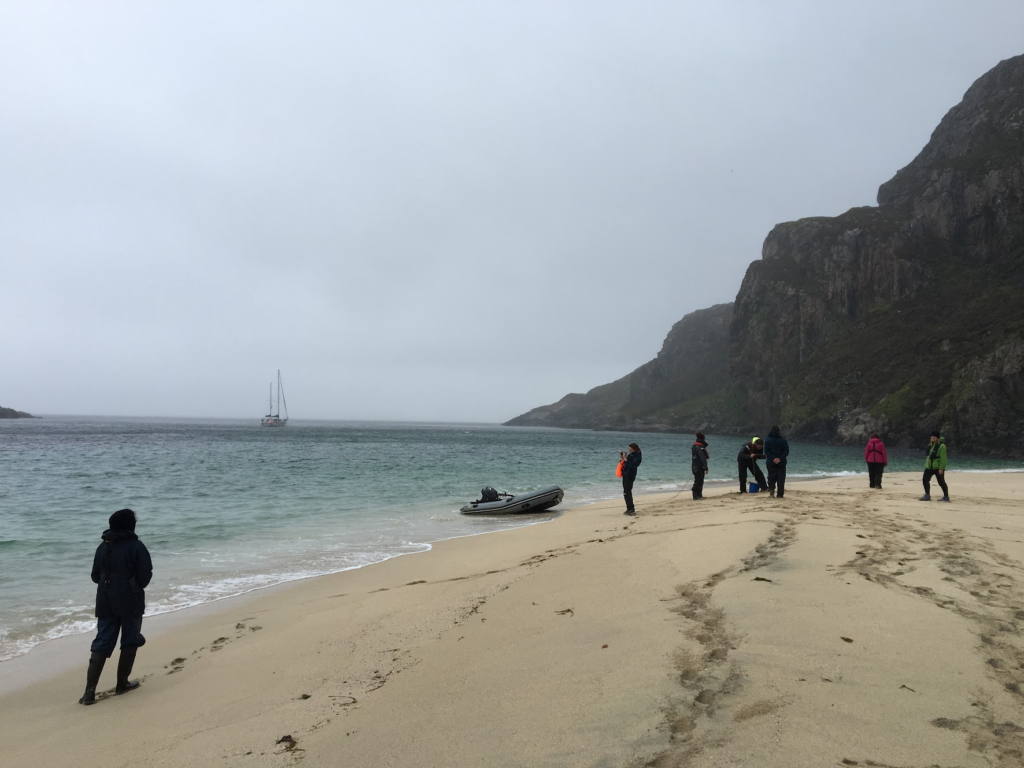
– Suncream – For the same reason as the sunglasses. As the sun’s rays reflect off the surface of the water, they are twice as harmful!
– Headtorch – If you end up sailing in the dark (on purpose or by accident) a headtorch will be essential for keeping your hands free whilst seeing what you are doing. A headtorch with a red filter is best, but a plain one will do, to begin with. Otherwise, it will be useful to have in your bag anyway, for the dinghy ride home from the pub!
– Sleeping bag and pillow – it’s absolutely worth asking if you need to bring these items. In most circumstances, you’d be expected to bring your own.
– Book or podcasts – Boats often make strange noises, and this can make it difficult to sleep if you are not used to it. There’s not usually a TV to watch either, so winding down with a book or podcast can be an easier way to drift off.
– Earplugs – Within every crew on a boat that there ever was, there is always a snorer! If this bothers you, do not forget the earplugs!! This will help with the odd tapping noises and creaking ropes which can sometimes keep folk awake too.
– Battery bank – Whilst at sea, your vessel will be relying on batteries and the plug sockets might not necessarily be switched on at all times. Taking a portable battery bank to top up your devices might just make life more familiar if you don’t have to worry about the charge on your mobile phone.
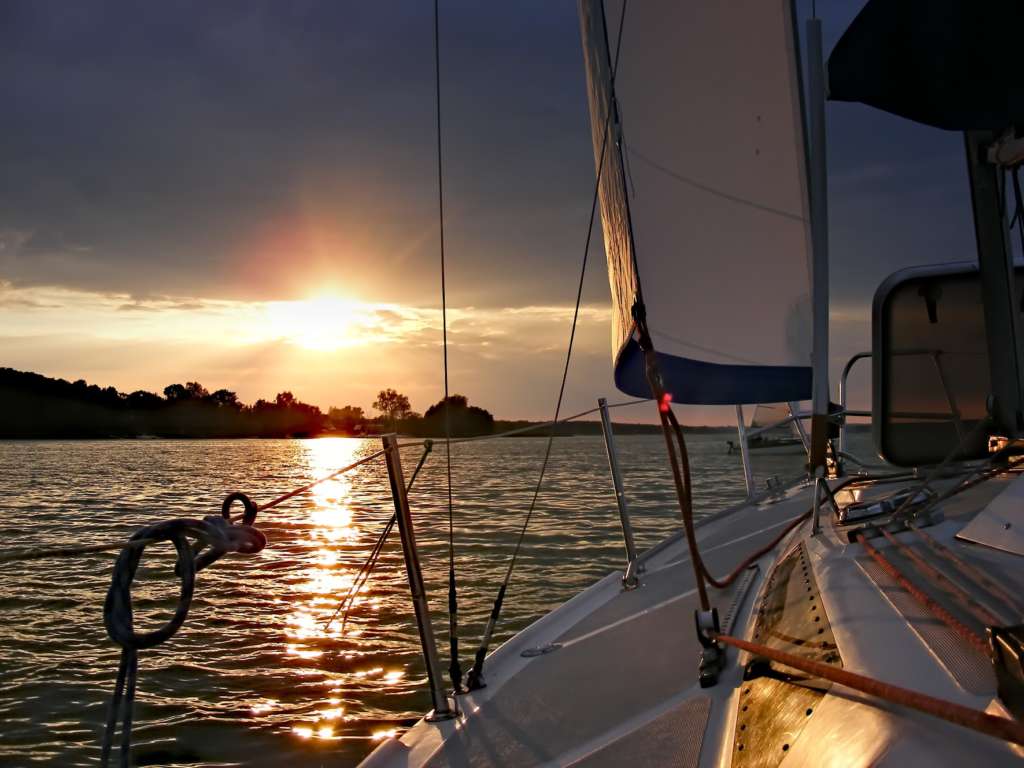
2. Making the ‘wets’.
A ‘wet’ is jack speak (naval slang) for a brew, a hot drink, a tea or coffee. Figuring out how to make a wet is your first step to becoming a useful crew member, so prioritise it to number one! Boiling a kettle on a boat often includes the use of a gas stove, and there might be a gas shut off switch that you’ll need to know about. It’s not difficult but it’s a bit like remembering someone’s name when they introduce themselves. Figure it out early or it becomes more and more awkward to ask the longer you leave it. Don’t wait till day 3 to basically announce that you haven’t got a round in yet! That brings me to my next point… No ‘jack brews’. That means, don’t be selfish. If you are making yourself a drink, offer everybody else one too. It’s the number one rule of boat etiquette!
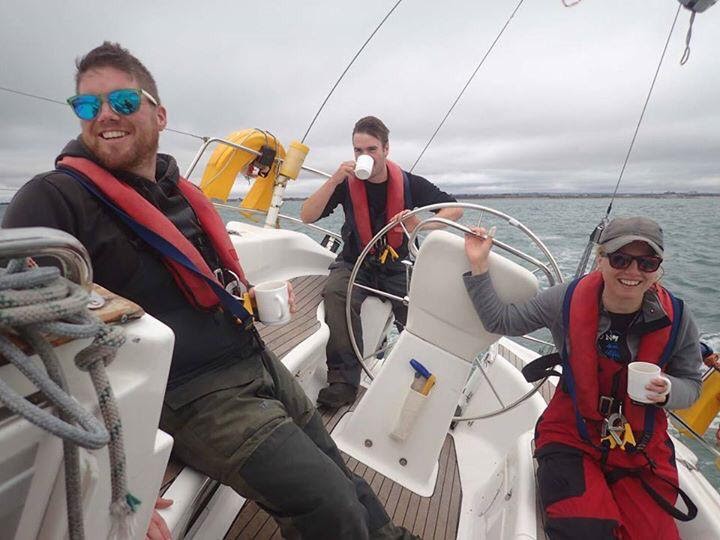
3. Seasickness
Lots of first-time sailors get so anxious about seasickness that it makes them sick. Try not to worry about it, it’s unlikely you will be going anywhere too extreme on your first voyage. If you can’t stop yourself from thinking about it, at least be proactive. Here are 5 top tips for avoiding seasickness:
– Take seasickness tablets. Easy, buy some at the supermarket, read the instructions and hey presto. This should help a lot. Where many folks go wrong though, is the ‘read the instructions’ part! They should be taken before you go to sea, not after you are already sick. Better yet, they are strong drugs so wean yourself onto them a couple of days before if you can. Take a quarter dose 2 days before, half dose 1 day before and a full dose with breakfast on the day. This way there will be no shocks to the system and you have the best chance of enjoying your day out on the water.
– When you’re not busy, avoid going below decks and stay outside as much as possible. Seasickness is believed to be caused by conflicting messages from your eyes and your balance mechanisms. Outside, we see the horizon, we see the waves, and we feel the corresponding motion. Everything makes sense. Inside the boat, everything looks straight and steady as we have no horizontal reference point, but our other senses are telling us we are moving. Our body gets confused and if we are not used to it, we may feel sick. The wind in your hair and the salty wind up your nose will keep you straight, as will looking at the horizon. This is another reason why a bottle and a flask were on the packing list. Make the wets before you leave and then you’ll be forgiven for not making one at sea. The skipper will be clued up on this anyway and won’t expect you to spend any time in the galley on day one.
– Hydration and Food – Drink plenty of water and eat plenty of food. Dehydration and low energy levels will make you weak and sick regardless so don’t blame it on the motion of the boat. A full stomach is more stable than an empty one, and keeping your sugar levels high helps you stay energetic. Crisps, sandwiches, oatcakes, fruit and chocolate bars are all good snacks and so is anything that is ready-prepared. Many folks swear by ginger biscuits and ginger candies too!
– Temperature control. We talked about all those layers on the packing list. Well, once you’ve got a lifejacket on top, it’s easy to get lazy and suffer from being too hot or too cold for not wanting to swap out your layers. Don’t be this person! If you get hot, shed a layer, if you get cold, put another on. Sitting there huddled whilst sweaty or shivering won’t be comfortable, so have some self-discipline and do something about it. Get a friend to help you with your lifejacket if it is difficult to take on and off.
– Rest. Seasickness can cause tiredness and tiredness can cause seasickness. So, if you feel like you need it, and whenever the opportunity is available, you should rest. It’s amazing how after just a 20-minute nap, early signs of seasickness including headache or dizziness can be erased.
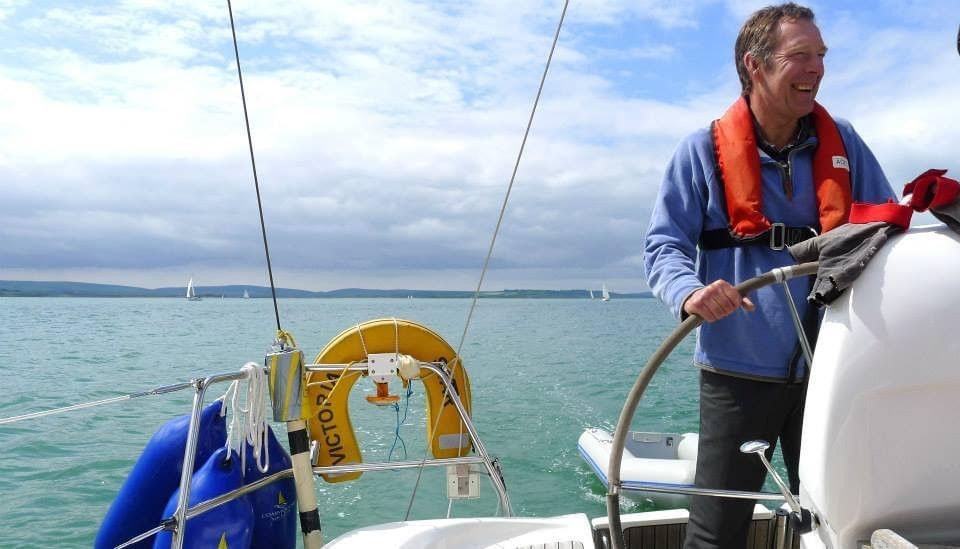
The most important thing is not to worry. As said above, getting stressed about seasickness often causes seasickness!! Even if you do start to feel a little nauseous, don’t feel embarrassed or ashamed, try checking off the points above to see if you can reverse the symptoms and if you find something that works for you, stick with it. It doesn’t have to be a downward spiral. Want to be even more prepared about seasickness? Check out our ultimate guide to avoiding seasickness.
If someone is seasick on day one, it doesn’t mean they’ll suffer forevermore. 95% will be totally fine on day two!
4. Activities you are likely to experience
So, what are you going to get up to onboard? Will it be all sitting outside feeling seasick, being cold and standing still? Of course not!! The skipper will likely get you involved with as much (or as little) as you want. If you want to learn to sail, make sure you tell the crew around you! This is the easiest way to make the most of your time onboard. Here are some of the activities you might expect to help with. (Don’t worry the skipper will demonstrate as you go!)
– Helping with lines and fenders. When you leave the dock, you can help with untying the ropes, and you could be the first feet ashore with the lines when you return from your trip. Make sure not to make any big leaps between the land and the boat. The skipper can easily try again to re-park a bit closer, but dealing with a man-overboard in a tight space would be incredibly stressful and dangerous. So, wear your lifejacket and only step between the boat and shore when you are confident to do so. The fenders are balloon-like bumpers that are tied to the boat when parked up. These’ll need untying and stowed away when we go to sea and tied back on when you return. Your skipper will probably teach you a new knot for this purpose!
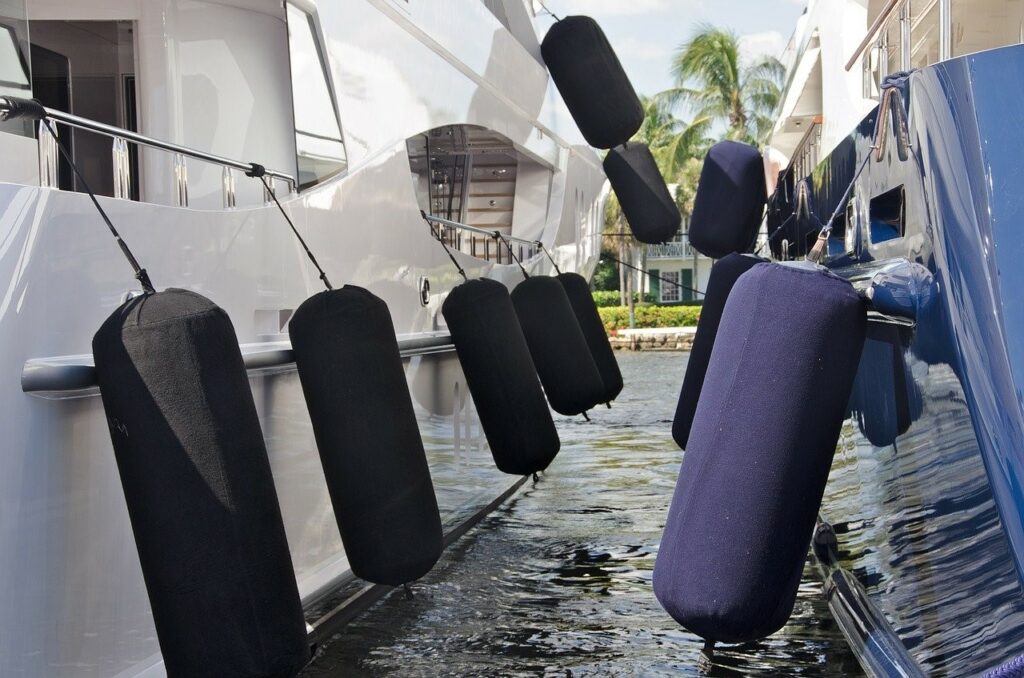
– Winching If you’re on a sailing boat, the skipper will likely gladly let you winch some sails! It’s hard work but makes you feel like a pro! It’s an easy and fun task, but only handle the sails under the skipper’s supervision!
– Steering Nothing is cooler than steering a boat and it isn’t just a novelty for beginners. It usually brings out a big smile and a great photo opportunity. There’s nothing to be nervous about, it’s quite hard to crash a boat in the open water. It would take several minutes of neglectful navigating and that would be the skippers fault, NOT yours.
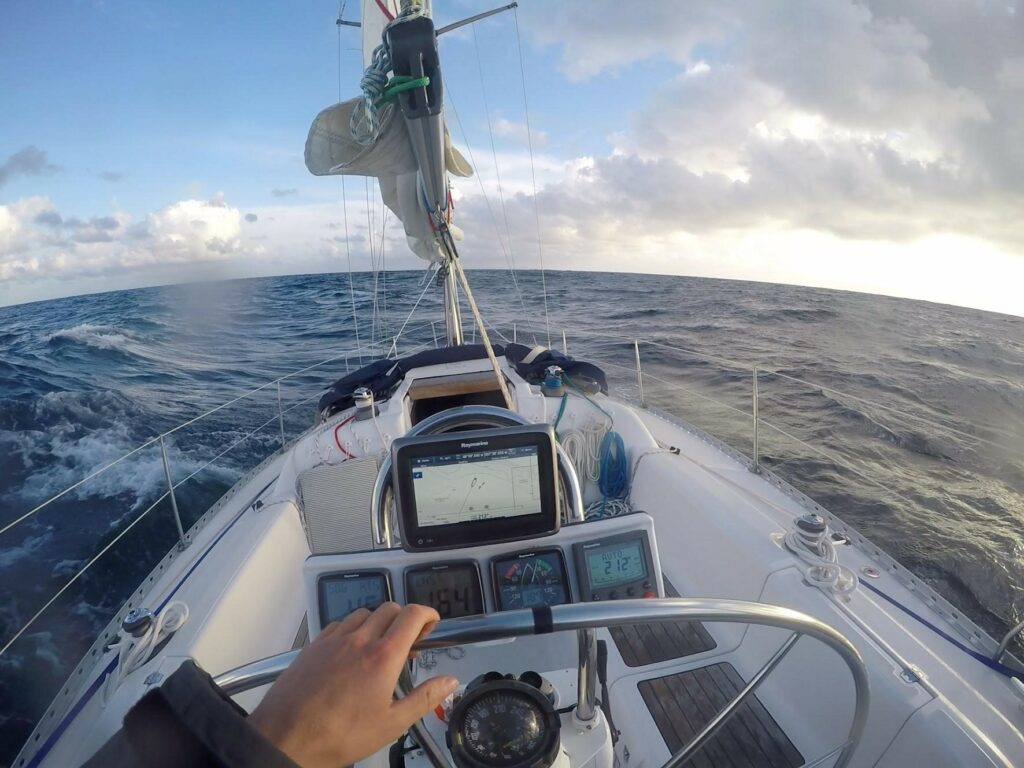
– Navigating You can actually help the skipper with the navigation! Looking out for navigation marks, (buoys, lighthouses etc) landfall, or even your destination. If you are ultra keen, the skipper might have you making the recordings in the ship’s log. This would include weather data, course steered, distance covered etc.
– Spotting wildlife if you are lucky! Keep an eye out for birds, whales, dolphins and other creatures! Having a special wildlife encounter can make your trip even more memorable, but you’ll never see them if you aren’t looking for them!
– Generally having fun/ chatting and did we mention eating? Keep full and hydrated! Pass around the snacks and get the wets on. How could you not have a lovely time!
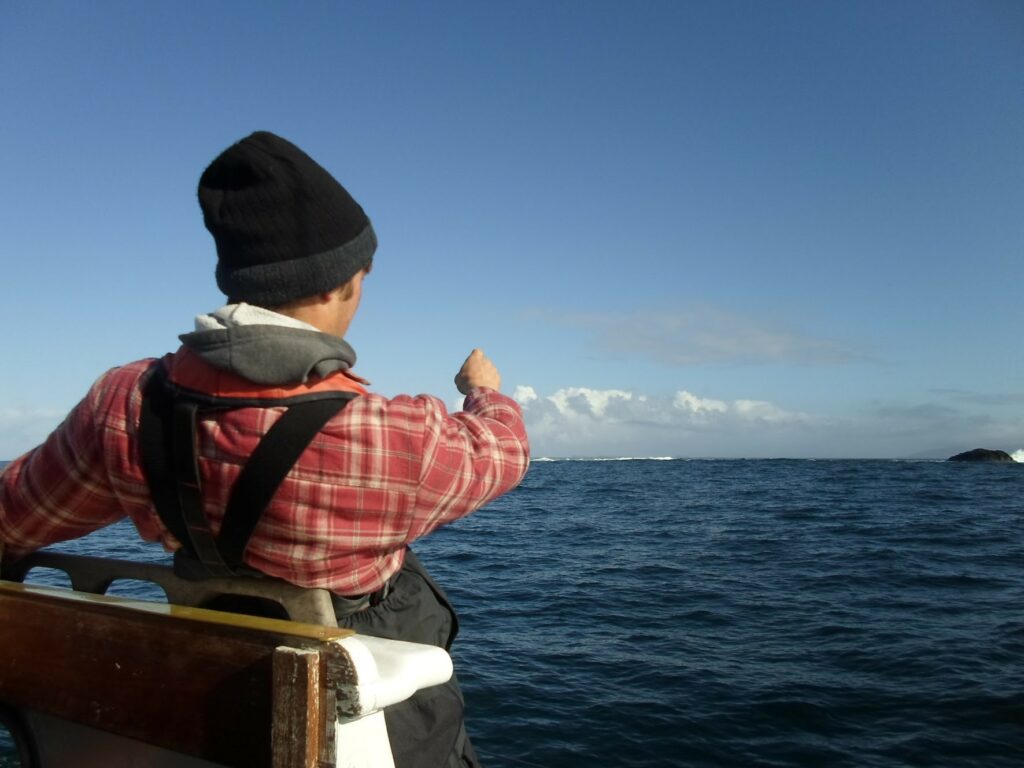
5. Ask questions
Boats are strange places! There is lots of unusual language and behaviour that surrounds them, and it can all feel a bit surreal at first! However, if you can accept that you are a beginner and that nobody ever knew everything straight away, then there’s no reason not to dive in and ask all the questions. It is the only way to truly learn to sail. If there’s one thing that’s for sure, sailors LOVE to talk about all things boats, so make their day and give them the opportunity! And of course, take our advice and bring a bag full of things that will keep you comfortable plus a few luxuries to make the trip extra special.
Learn to Sail Online
Ok, so we’ve mentioned that sailing can be cold, wet and uncomfortable at times, but knowledge is the key to feeling at home on board. The more you learn about meteorology, vessel stability, tides and ropes etc. the more at home you will feel. So, if you think yachting really is for you, then consider learning to sail with our online RYA accredited Day Skipper Theory course. Starting with the basics, it’s a comprehensive course that will take you step-by-step through all the things you need to know up to your first steps as a skipper. There are instructors on hand 7 days a week, 364 days a year and over 20 hours of instructional video content. The full Day Skipper license is the most internationally recognised yachting qualification and will allow you to charter vessels, help your insurance premiums and gives you the skills to keep yourself and your friends and family safe and having fun on the water.
You can check out our RYA Day Skipper theory online FREE TRIAL here:

